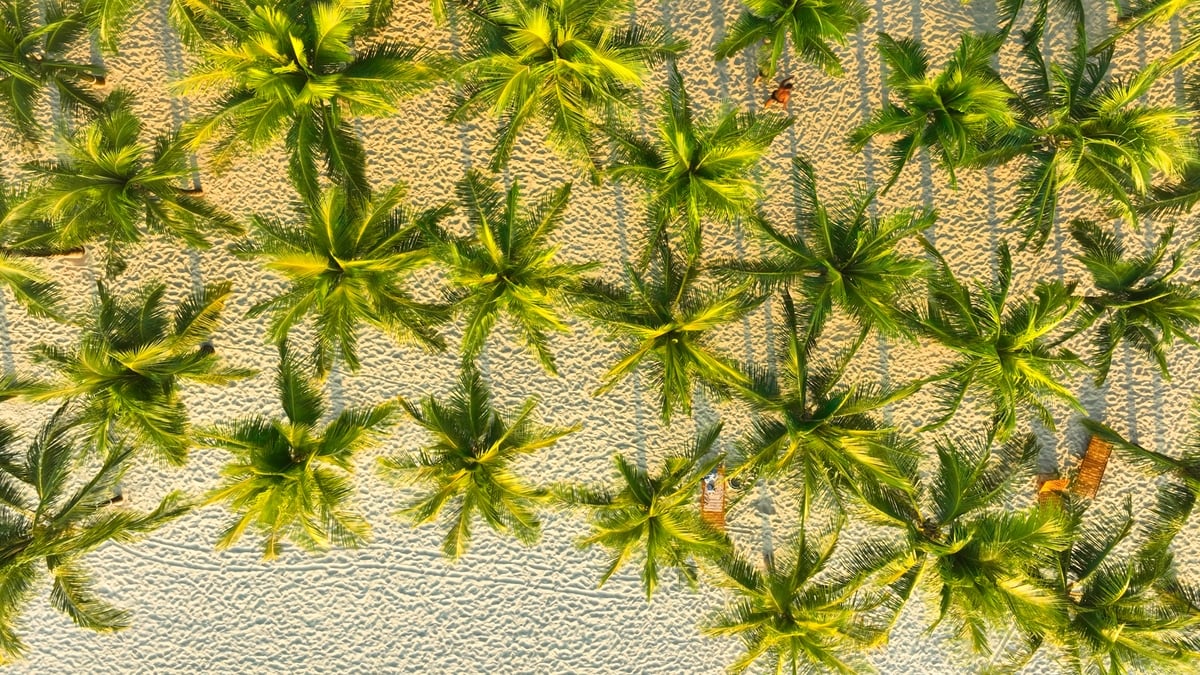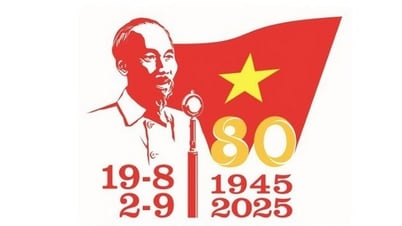The restoration of the right to seize collateral is expected to help banks accelerate the process of recovering bad debts, improve asset quality and increase profitability. However, the banking sector also admits that this is not a “magic wand” that can solve all backlogs, and enforcement needs to be carried out carefully and transparently to avoid legal disputes.
Big boost for the banking system
Immediately after the Law on Credit Institutions (amended) officially took effect from October 15, 2025, along with the Government 's Decree guiding its implementation, many commercial banks immediately started rebuilding their internal processes to accelerate bad debt handling. This is considered one of the most important "institutional boosts" of the banking industry in nearly a decade.
A notable point in the amended Law is the legalization of three core policies that were piloted in Resolution 42/2017/QH14. Specifically: Credit institutions (CIs) are allowed to seize collateral if there is a clear written agreement between the bank and the borrower. At the same time, collateral is the property of the person subject to enforcement of the judgment that is only seized if it is related to judgments on alimony, compensation for damage to life, health or with the consent of the CI. Along with that, with the property that is evidence in a criminal case, after completing the verification and if it does not affect the trial, the prosecution agency is responsible for returning the property to the bank to handle the debt.
This move is expected to remove one of the biggest bottlenecks in dealing with bad debt: banks have collateral but are not allowed to recover it. According to the latest report of the State Bank of Vietnam (SBV), the total bad debt of the entire system has exceeded 1 quadrillion VND, equivalent to 10% of GDP. This huge amount of capital “buried” in non-performing assets is a huge burden, increasing the cost of capital and stifling the ability to lower interest rates.
According to the State Bank of Vietnam's assessment, legalizing the right to seize collateral not only helps banks recover debts faster but also contributes to reducing processing costs, increasing business efficiency and thereby creating conditions to reduce lending interest rates, supporting businesses and people to access capital at a more reasonable level.
A commercial bank leader shared that banks are “looking forward every day” to the promulgation of this legal framework to proactively clean up their balance sheets. “We are making a list of priority debts to be handled, and reviewing all credit contracts to update the terms of seizing collateral in accordance with the new law,” he said.
Meanwhile, credit rating agency VISRating said that restoring the right to seize collateral will be especially beneficial for retail banks, which rarely lend to speculative real estate projects. Home loans and consumer loans secured by specific assets and easy to liquidate will be more effective debt settlement targets in the coming time.
According to VISRating, in the first half of 2024, about 50% of bad debts will be handled through provisions and debt write-offs, accounting for 30-40% of the equity of many banks. The sluggish real estate market has caused the recovery rate through assets to drop sharply, from 40% in 2021-2022 to 27% in 2024. Being able to proactively seize collateral will help reverse this trend, especially when litigation proceedings last 5-7 years and only less than 30% of the files are accepted by the court, as in the case of VPBank .
Statistics from 2022–2025 also show that the problem debt ratio (NPL) at banks such as ACB , HDBank, OCB, VIB, VPBank and MB has increased from 1.6% to more than 2.2%, mainly due to business loans and mortgage loans. Notably, assets related to resort real estate projects with oversupply and weak liquidity are still a "blood clot" that is difficult to handle.
However, with the new legal framework, banks expect debt settlement to become more proactive, reducing dependence on litigation and accelerating the liquidation of collateral. This will not only help to improve the balance sheet but also free up capital sources, creating room for interest rate reduction, which is a key factor to promote economic growth in the current volatile context.

Banks cautious, businesses worried about losing balance
Although the right to seize collateral has been legalized in the Law on Credit Institutions (amended), banks are still cautious before implementing it, while the business community is concerned that the balance of power in credit relations is tilting towards banks.
Speaking at a seminar on bad debt handling, Mr. Le Hoang Chau, Chairman of the Ho Chi Minh City Real Estate Association (HoREA) frankly pointed out the shortcomings in the credit relationship between banks and businesses. According to Mr. Chau, borrowers are always in a weak position because the mortgaged assets are often valued much lower than the market price. Specifically, the mortgaged assets are only valued at 60-70% of the actual value, while the bank only lends about 60-70% of that valuation. “In fact, businesses only receive about 36-42% of the actual value of the assets, a very low rate for a loan with many legal constraints,” Mr. Chau emphasized.
Not stopping there, the terms in loan contracts and mortgage contracts are mostly pre-made templates prepared by banks, and borrowers do not have much room for negotiation. “In reality, to receive disbursement, businesses are forced to accept all terms, including the unfavorable ones, which leads to the invisibility of giving up many legitimate rights protected by law,” Mr. Chau added. Legalizing the right to seize collateral without an effective monitoring mechanism could continue to strengthen the absolute advantage of banks, creating an imbalance in credit relations.
On that basis, Mr. Chau suggested adding conditions for the seizure of real estate, such as requiring a court judgment or the opinion of a competent authority handling the dispute. In addition, the agreement on the right to seize should only be established after bad debt arises, instead of being pre-installed right from the time of signing the mortgage contract.
As for banks, although they support the legalization of the right to seize assets, they also said that they will do so with extreme caution. Ms. Nguyen Thu Lan, Vice Chairwoman of the Board of Directors of Techcombank, emphasized that seizing assets is only the last resort, when all measures to support customers in repaying debts have been ineffective. “We understand that even a single mistake in handling assets can lead to lawsuits, even seriously damaging the reputation and legality of the bank,” Ms. Lan shared.
Sharing the same view, Ms. Nguyen Thi Phuong, Director of BIDV Legal Department, affirmed that the right to confiscate is not a “magic wand” that the bank can use at any time. “This is a legal tool to deter and guide debt repayment awareness, not a tool for the bank to impose,” Ms. Phuong emphasized. According to her, the credit institution system must develop clear and transparent internal regulations, with a multi-step process, ensuring that there can be no abuse of power in confiscating assets.
Experts also believe that the strongest impact of legalizing the right to seize is not in the actual amount of assets seized, but in the psychological effect. “When borrowers understand that if they intentionally do not hand over their assets, the bank can still legally seize them, their awareness of repaying their debts will be significantly raised,” an economic expert commented.
The challenge, however, is how to ensure that this new power does not become a double-edged sword, adding to the already risky credit environment. To do so, the law needs to be accompanied by independent monitoring mechanisms, appeal mechanisms for borrowers, and absolute transparency throughout the entire implementation process.
Source: https://baolamdong.vn/ngan-hang-huong-loi-khi-duoc-thu-giu-tai-san-380965.html































































































Comment (0)